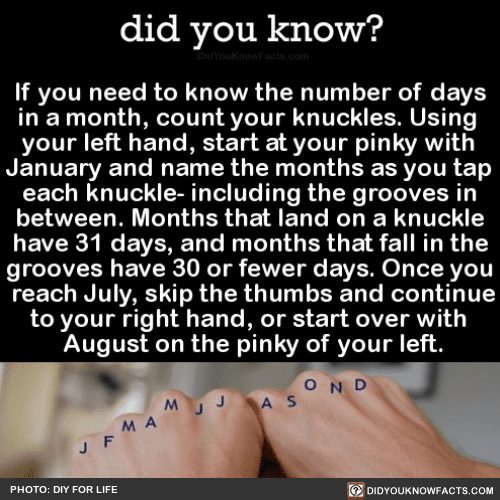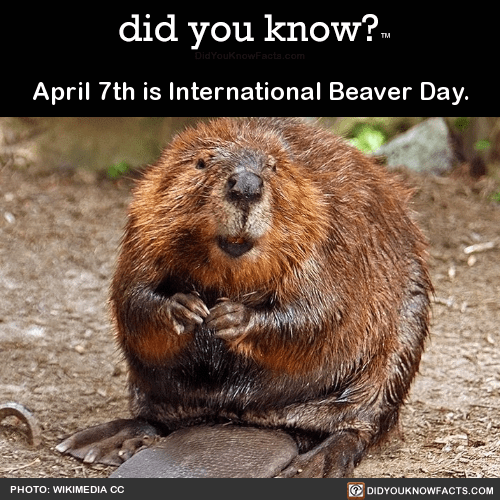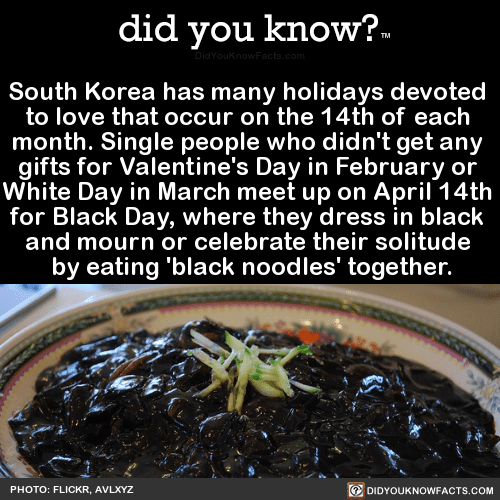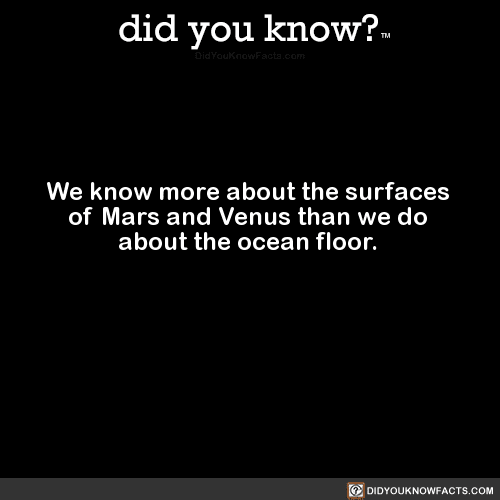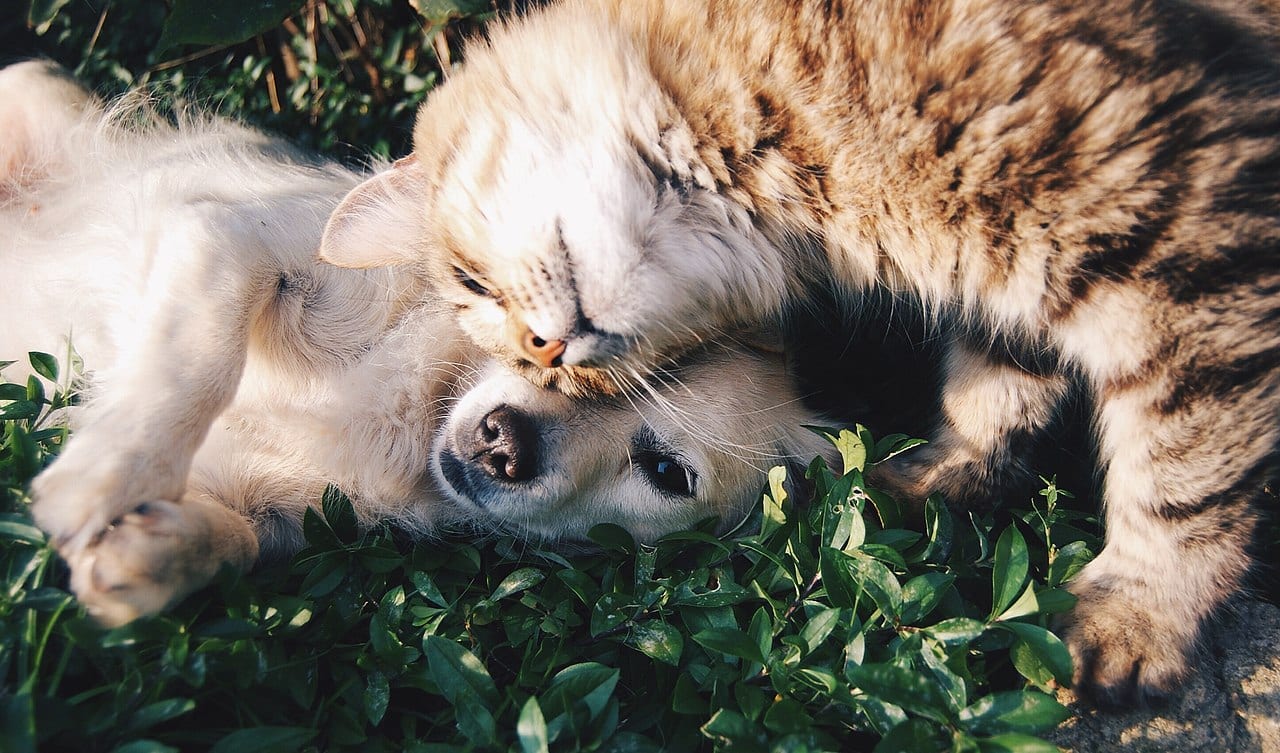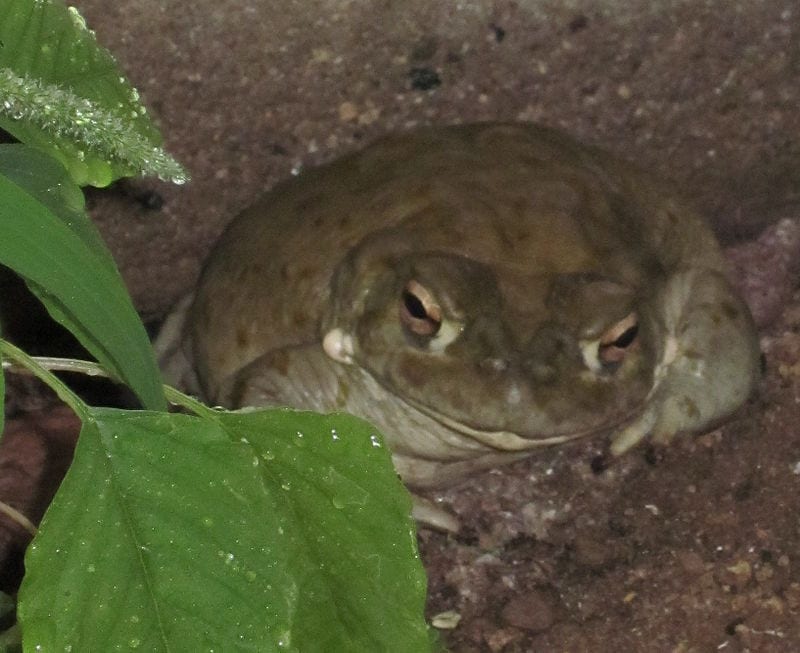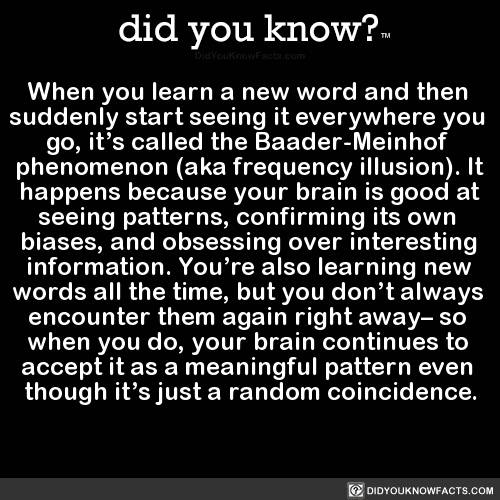Before you reach for a cup of coffee to alleviate your headache, did you know caffeine could actually make it worse?
Yes, we all want fast relief, but here’s the thing: not all headaches are created equal. Most pain relievers do contain a small dose of caffeine, though, so…where does that leave us, exactly?
Before we dive into how caffeine works, let’s talk about the causes of a headache. A headache is essentially a tightening of blood vessels, muscles, and nerves in the head and neck. This can be caused by stress, high blood pressure, anxiety, and more. Other reasons are generally secondary, such as a concussion or dehydration.
For the run of the mill headaches, caffeine can release this tension and lower inflammation – but when you ingest caffeine in excess (through medication or coffee), those same symptoms can resurface. Here’s the thing: caffeine affects everybody differently. So if even though a cup of coffee cures my headaches toot-sweet, it may make yours even worse.
A high caffeine intake constricts blood vessels, and when the vessels open back up a rebound effect can occur. Or on the flip side, muscles and nerves can over-tighten, leaving the headache worse. It all depends on the unique chemical reactions happening in your body.
Ouch.
So what can you do?
Caffeine is not a one-size-fits-all solution. Each person has a unique chemical makeup and they should be aware of how caffeine interacts with their bodies. According to Kiran Rajneesh, who is the director of the neurological pain division at the Wexner Medical Center at Ohio State University, “Some people are more genetically predisposed to be sensitive to caffeine.”
There are other natural remedies for headaches, such as a cold compress, a nap, or quiet time in a dark room, that can help those with a caffeine sensitivity. You may also want to avoid nicotine, alcohol, and prolonged screen time.
What about those who can fight headaches with caffeinated beverages?
Great question. First of all, good for you! But there are some caveats…
You should remain cautious of the type of drink you choose and the amount. For example, there’s caffeine in coffee, sodas, and energy drinks – but energy drinks have additional agents called neurostimulants that can wreak more havoc than good.
Rajneesh advises against energy drinks because “neurostimulants…can worsen your headaches.”
Coffee contains around 106 to 164 milligrams of caffeine per 5-ounce cup. Most sodas have less, capping out around 38 to 46 milligrams per 12-ounce can, but are higher in sugars and other chemicals. Coffee or tea seem to be the safest bets if you are trying to help a headache.
The best remedy depends on the person.
So what does all this mean? It means all people are different and what works for one person may not for another. If you track your headaches and find caffeine worsens them, try other forms of medication like ibuprofen or aspirin. If you experience chronic headaches, it’s best to consult with a physician. Don’t forget though – simple things like drinking more water and sticking to a better sleep schedule can alleviate tension headaches as well.
Don’t forget to take care of yourself. It may seem silly, but it is totally possible for headaches to be caused my lifestyle habits rather than medical issues – so a little self-care can go a long way!
The post Apparently, Caffeine May Cause Headaches… And Also Help Cure Them appeared first on UberFacts.
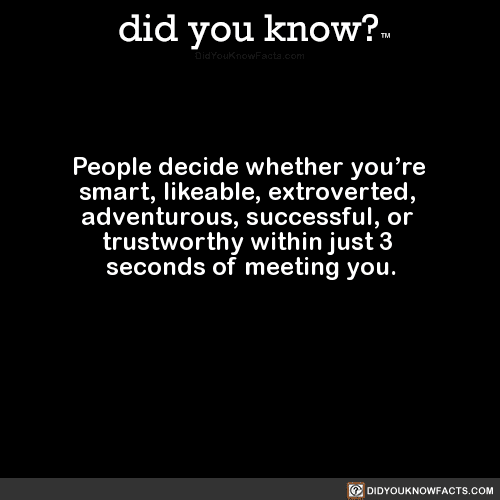




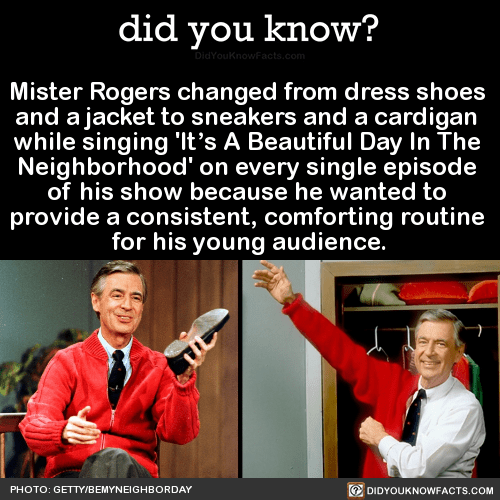
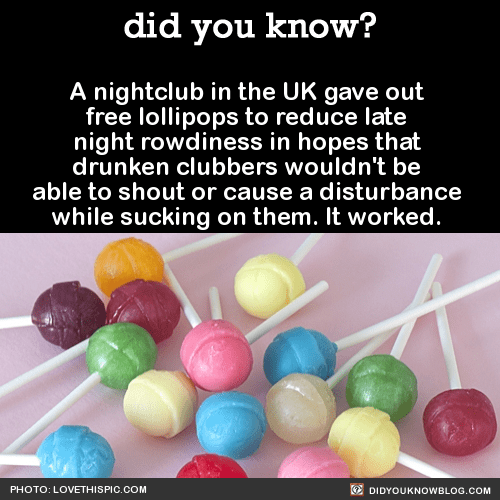


 Today, a beautiful thing occurred within my classroom. My two most important mottos and lessons I stress every single day with my students is to “Be Kind” and to believe in one’s self through the growth mindset of “Yes I Can”. • • It is #AutismAwareness Month and every classroom on campus has been asked to have each student decorate a paper puzzle piece and hang it on our classroom doors. When I handed out the puzzle pieces, most students were familiar with the idea of Autism and aware of the cause of decorating the puzzle pieces. What my students did not know is that Autism is present within our classroom with one of our fellow classmates, Rumari. With excitement, Rumari rose his hand and said “May I please say something?” I nodded and said “of course”, but never could I have imagined what was to follow. • • Rumari has faced challenges and barriers beyond what any of us will ever be able to fully understand. But today, Rumari stood in front of the classroom with full confidence, enthusiasm, and courage and showed us that there is no challenge or barrier that can stop him. He brought to life the meaning of “Yes I Can” as he explained to his fellow classmates that he was autistic. With full knowledge, he explained the differences that may come when being autistic and how the spectrum is vast. He courageously spoke about his own differences and quirks, while defining what it means to make everyone feel like a someone. • • My other students and I sat quietly and listened, completely engulfed in every word he spoke to us. Because of this, it took me a bit before realizing I needed to capture this moment. Without any of the students knowing, I hit record and captured the final moments of Rumari speaking to us and the raw, authentic reactions of the rest of my students. It is then, that I lost my ability to hold back the tears. It is then, that the daily lessons to “Be Kind” and to remember “Yes I Can” were brought together. • • If I were unable to ever teach again or if there was ever a question to my path into this role as an educator, this moment solidified my purpose. With permission from Rumari’s parents, I wanted to share with you this moment:
Today, a beautiful thing occurred within my classroom. My two most important mottos and lessons I stress every single day with my students is to “Be Kind” and to believe in one’s self through the growth mindset of “Yes I Can”. • • It is #AutismAwareness Month and every classroom on campus has been asked to have each student decorate a paper puzzle piece and hang it on our classroom doors. When I handed out the puzzle pieces, most students were familiar with the idea of Autism and aware of the cause of decorating the puzzle pieces. What my students did not know is that Autism is present within our classroom with one of our fellow classmates, Rumari. With excitement, Rumari rose his hand and said “May I please say something?” I nodded and said “of course”, but never could I have imagined what was to follow. • • Rumari has faced challenges and barriers beyond what any of us will ever be able to fully understand. But today, Rumari stood in front of the classroom with full confidence, enthusiasm, and courage and showed us that there is no challenge or barrier that can stop him. He brought to life the meaning of “Yes I Can” as he explained to his fellow classmates that he was autistic. With full knowledge, he explained the differences that may come when being autistic and how the spectrum is vast. He courageously spoke about his own differences and quirks, while defining what it means to make everyone feel like a someone. • • My other students and I sat quietly and listened, completely engulfed in every word he spoke to us. Because of this, it took me a bit before realizing I needed to capture this moment. Without any of the students knowing, I hit record and captured the final moments of Rumari speaking to us and the raw, authentic reactions of the rest of my students. It is then, that I lost my ability to hold back the tears. It is then, that the daily lessons to “Be Kind” and to remember “Yes I Can” were brought together. • • If I were unable to ever teach again or if there was ever a question to my path into this role as an educator, this moment solidified my purpose. With permission from Rumari’s parents, I wanted to share with you this moment:
